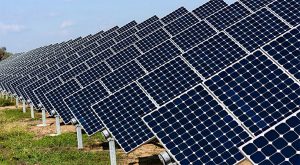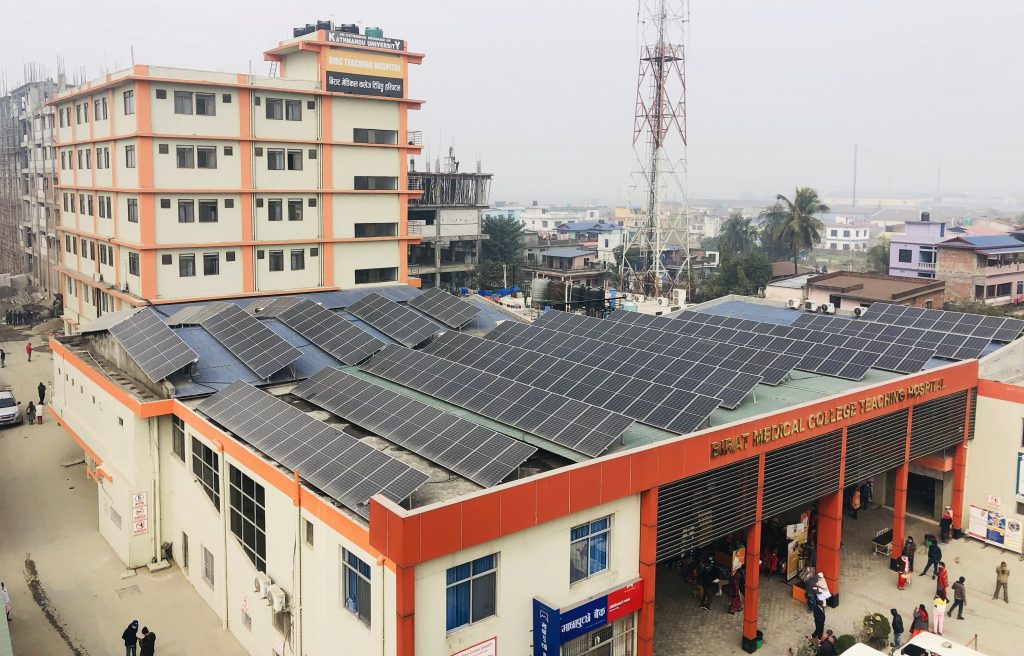
Where European countries are increasing their solar energy share by 50 per cent, it seems Nepal is going backwards. In a year, it has cut down the threshold of solar integration in Nepal’s energy production and consumption project, to 10 per cent from the 15 per cent cap from last year. Not just that, the Nepal Electricity Authority (NEA) has also decreased the per-unit rates it was giving to surplus solar energy producers–from Rs 7.3 to Rs 5.9.
Such drastic changes, stakeholders say, will only further discourage the industry and households from integrating solar power into their daily energy consumption needs. The situation will be dire as Nepal is increasing its energy consumption needs with the government promoting electric equipment and vehicle promotion.
In this context, some researchers at Gham Power, a leading solar energy company, are conducting a study to identify and suggest how exactly solar energy can help Nepal reduce the pressure on hydroelectricity.
What is the research about?
The research is being conducted under the Grid Resilience through Intelligent Photovoltaic Storage (GRIPS), a joint project of organisations from the UK and Nepal working in the solar energy sector. GRIPS aims to increase reliability in the supply of clean energy while being environment-friendly, for which the team will be installing a smart photovoltaic system with storage.
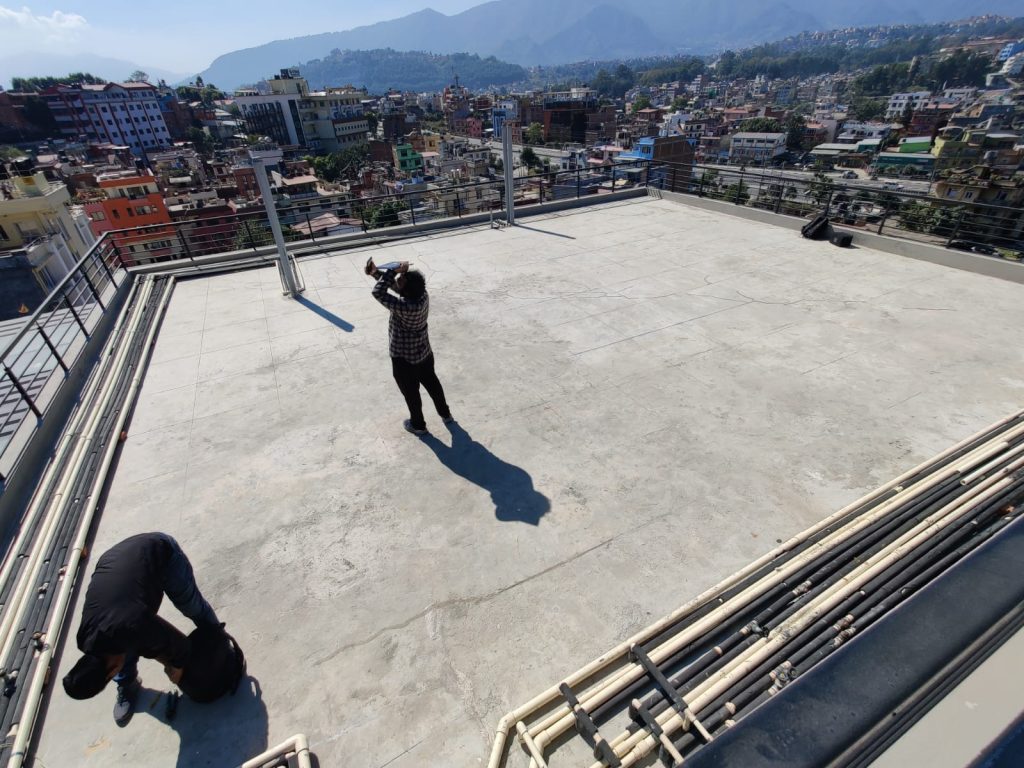
For the project starting in September 2023, the Gham Power team has been doing site identification and market analysis for the research project that will run for two years. “Starting next year, we will have one installation at Sanepa with panels having a capacity of producing 50 KW along a battery of 200 KW capacity. We will have multiple baselines to collect further data,” shares Anjal Niroula, the CEO of Gham Power.
The company has designed the system for optimum use and tweaked it with many algorithms and artificial intelligence to get the best results.
During the two years, it will also hold knowledge dissemination workshops and conferences with stakeholders. Meanwhile, it will also hold energy audits. The data it collects will give quantifiable numbers for the stakeholders further solidifying its claim that solar energy should be prioritised. It also hopes for the research to enable it to catalyse policy updates.
Also, with the right investors, it is open to scaling up and gathering more data to prove its claim. “The research project is funded by UK Innovate and is coordinating with three international partners. The main aspiration of the project is to prove that solar energy can decrease the load and cost for users and other stakeholders,” shares Niroula.
The target
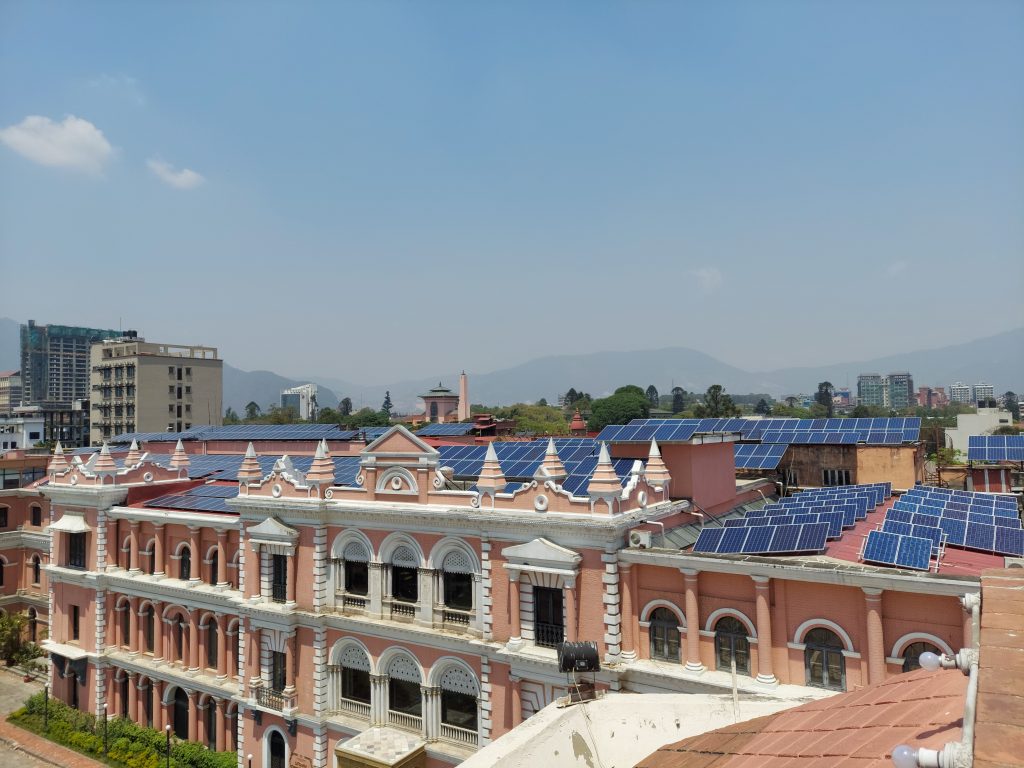
So far, Gham Power has targeted installing solar grids in large-scale industries and hospitals. Since solar energy has a limitation, it is focusing on areas that use up a large amount of energy during the daytime. For the nighttime, one needs a battery so it has been expanding in that section as well.
“But industries and even households are seeing irregular and unreliable electrical supply from the NEA,” Ananta Thakuri, the research and development head of the company, states, “In that case, if not solar, they have to spend on diesel generators for their need, adding up to the extra expense. With us, they are paying Rs 11 for solar energy with panels and uninterrupted supply in their premises.”
According to the load profile of energy consumption data, there are two peak hours–one in the morning and one in the evening. It means the NEA’s majority of energy is being wasted the whole day. It has also laid bulky wires underground to meet the demand, and that is also being wasted.
“With solar energy, we can aim to flatten the peaks. With our early projection, we can say that solar energy can fulfil 2-3 per cent (equivalent to 20-40 MW) of the demand during peak hours. It is more economically viable for the country,” Thakuri shares.
Now, with the increase in electric vehicles too, the company is hoping that solar-powered grids with batteries can integrate into the system for better management of the energy load distribution and benefit both consumers and NEA.
Charging stations are being added, but they are few. Nepal has announced that it has targeted to have 15 per cent of the total vehicles be electric. However, the NEA is not prepared for the increase in load system, alone with hydro energy.
Gham Power is experimenting with the batteries with a smart switch as well, which acts as a transformer and manages fluctuation, making the system more stable. The team also wants to highlight that the batteries today are limited to working as a power backup. But it has other usages too and it is time that Nepal branches out to explore them as well.
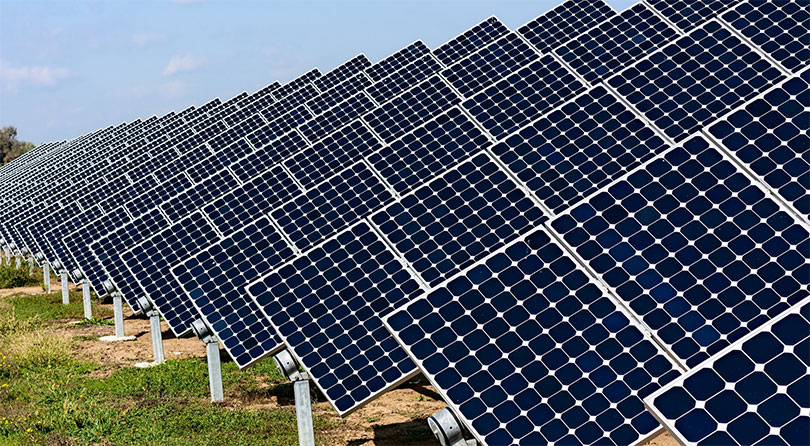
It has also created an advisory committee that included various stakeholders including former NEA officials and representatives from the Alternative Energy Promotion Centre (AEPC). The committee is looking forward to holding more dialogues during the two years and making progress in the policy debate and amendments.
The researchers say the target of the project is not to prove that solar power is better than hydro energy. “What we want to create is an ecosystem of a mixed energy system that optimises the energy distribution channels with hydro energy, solar energy, and smart batteries to regulate the energy supply,” states Niroula.
But, there are some key problems to address. Like any other sector, the energy sector is struggling with the lack of data. “Since there is no data, we have been collecting data from the ground,” Thakuri says, “The NEA says it is digitising, but the problem lies in the fact that the whole network is not digitised.”






